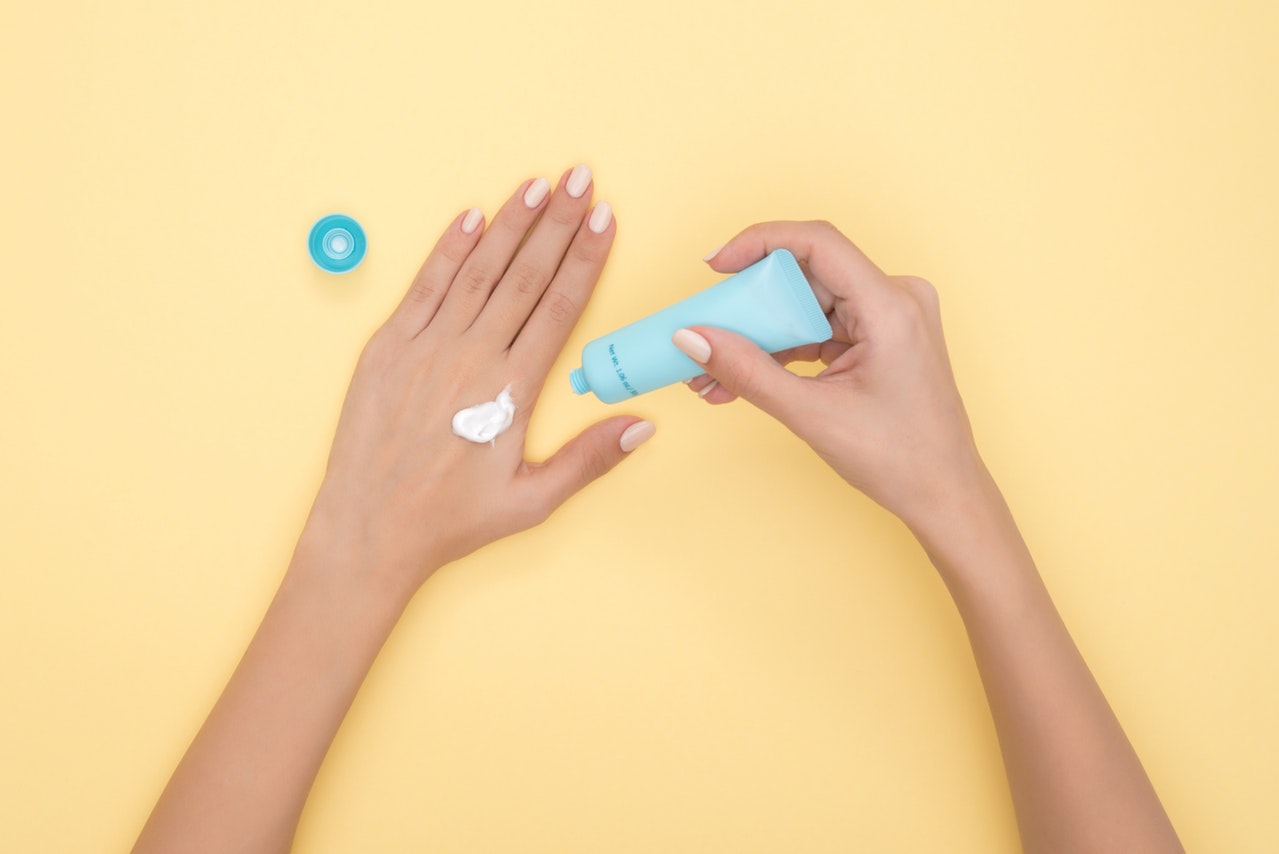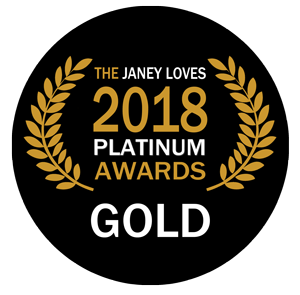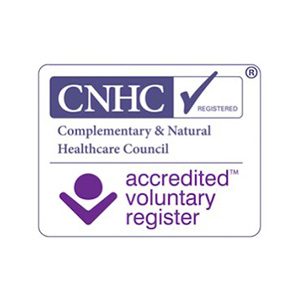
The sneaky chemicals in everyday items that you didn’t know were harmful
Only a few hours ago the UK Government announced that it will be cracking down on single use plastics, from straws to cotton buds, with new rules brought in from April 2020.
You’ll likely be used to our blogs focusing on hormones and chemicals found in the body but the Government’s announcement couldn’t have come at a better time as this week I want to highlight the impact of Chemical Oestrogens which occur around us, rather than inside the body.
These are found in the environment and have a similar molecular structure to our oestrogen hormone. Of course, if this is present in our everyday surroundings, it’s going to affect and interfere with our body’s release of hormones, this is particularly true of testosterone and oestrogen.
The affects of chemical oestrogens in our surroundings do differ from person to person but at the end of the day no chemical exposure is good for us! Women experience an increase of both testosterone and oestrogen, whereas in men oestrogen is increased and testosterone lowered.
What are the affects of chemical oestrogen exposure?
- Increased weight gain – linked to products containing BPA, used in plastic containers for food or water bottles for example.
- Infertility and reproductive disorders – chemical oestrogens are linked to PMS, erectile dysfunction and severe menopause symptoms.
- Cancer and Heart Disease – As well as diabetes and immune disorders.
Studies have looked into the main offenders which use synthetic versions of oestrogen, such as that found in birth control pills, and the affect they’re having on our environment and our bodies.

But it’s not just birth control that is harming our seas and landscapes, with Palau, an Island in the Pacific introducing a ban in 2020 on sunceam in a bid to protect vulnerable coral reefs. The ingredients in suncream contain over ten different chemicals which are highly toxic to marine life and causing coral to become more likely to bleach and die.
The good news is that there’s plenty of natural alternatives to our everyday products, that do the same job (if not better) and use naturally occurring ingredients which are safe for the environment and of course, us!
You might have noticed on the packaging of your household or beauty products, they’ll state whether they’re Paraben, GMO, BPA or Cruelty free for example. These are the kind of products you’re looking to use, they’re less harmful to the environment, animals and ourselves.
Next week we’ll look at the common products you’ll use and the alternatives available, from packaging to cosmetics and cleaning products.









